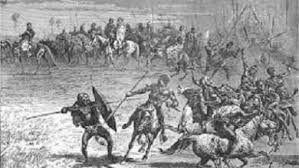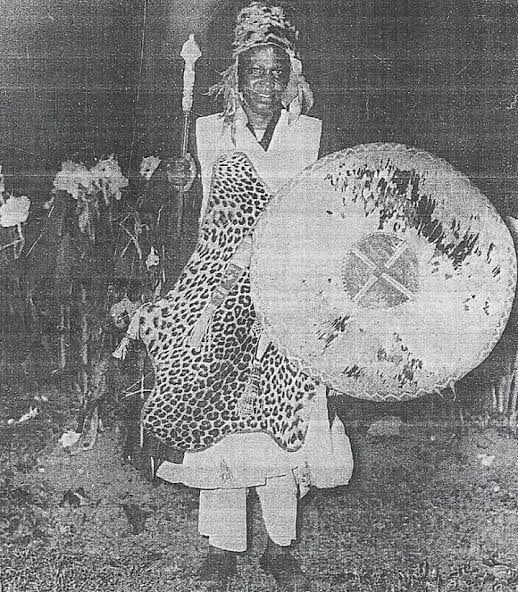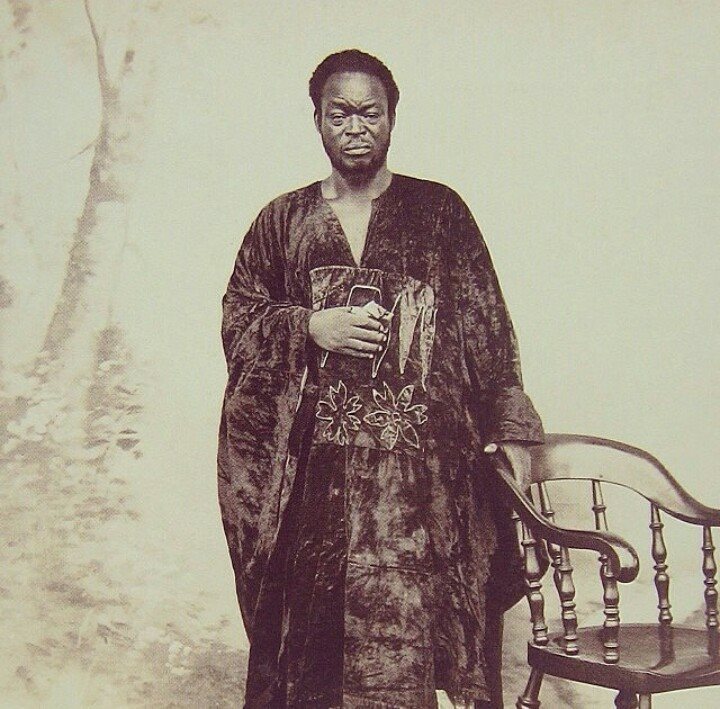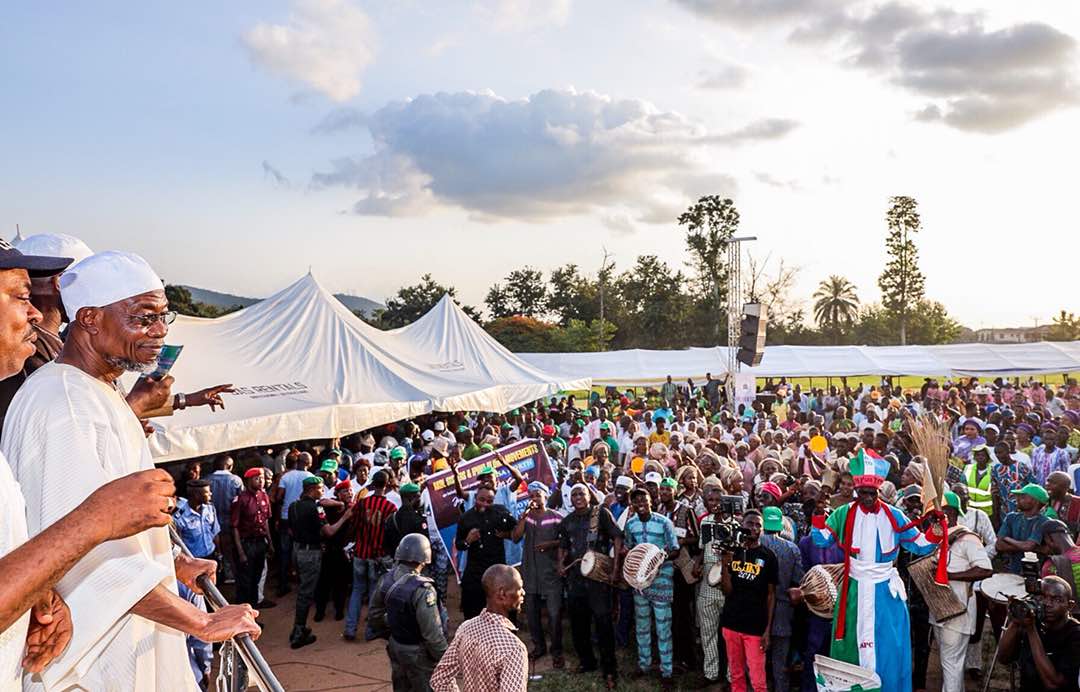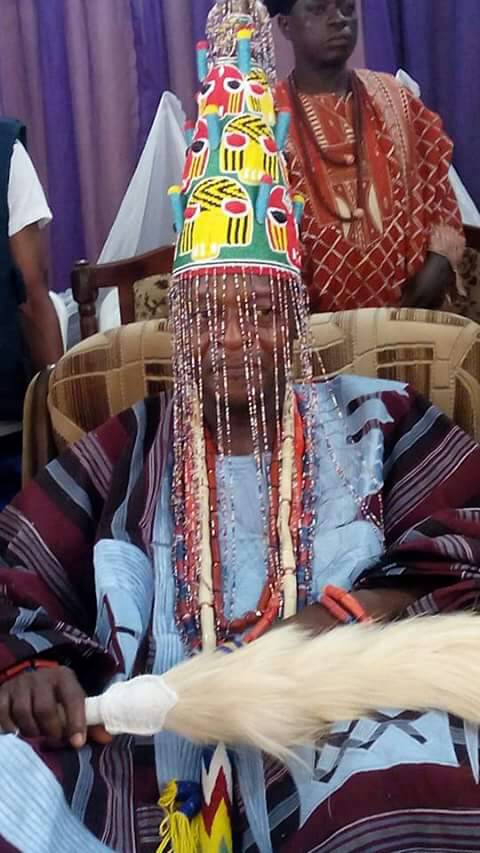have fun and enjoy yourselves reading. @Gidi_Traffic
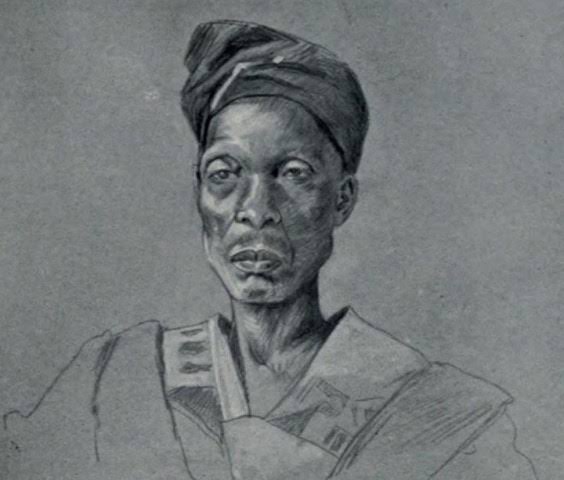
Anytime Isekuse is around, He will sharpen his cutlass and other sharp iron objects on the stone.
“It became Isekuse’s daily routine anytime he was in Ilorin.
📸: @Xultan_visuals
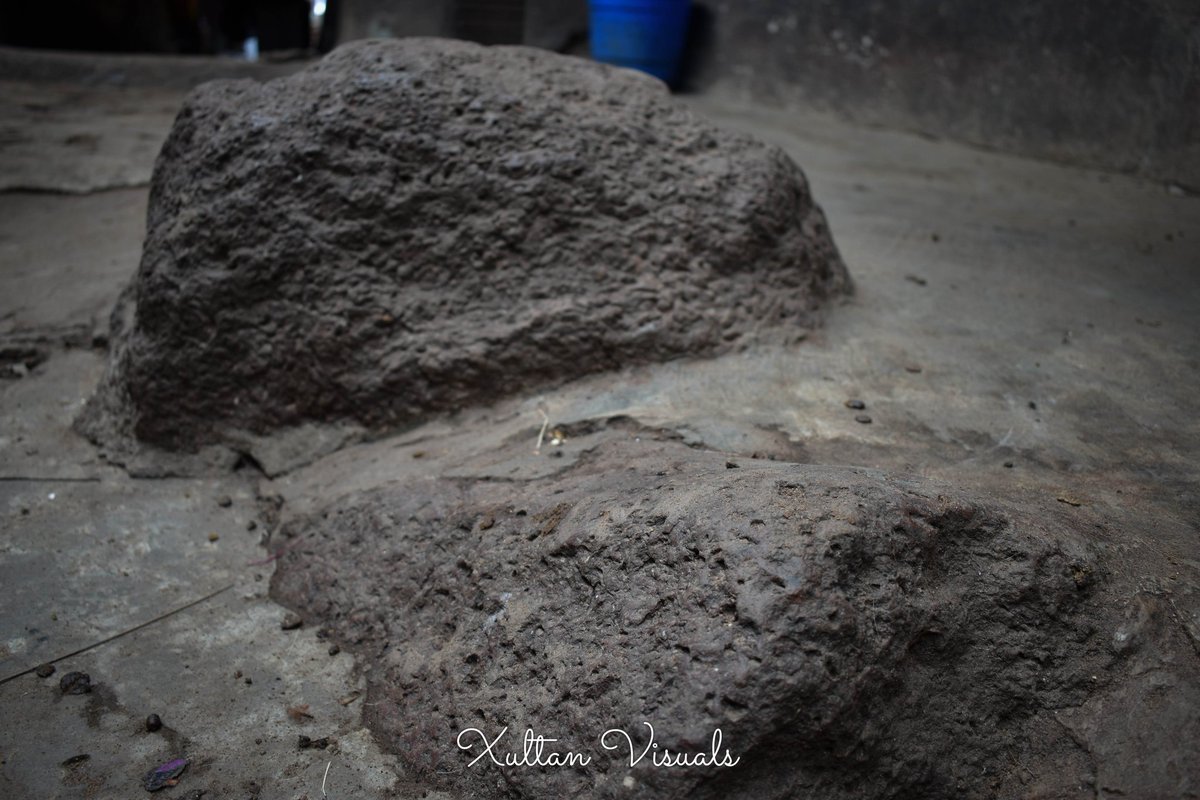
“Other people around also started using the same spot to sharpen their iron objects which later became popular among the people living in the area,”
The defeat of the allied forces of the Yoruba was a morale booster for the emerging forces in llorin.
Once again, the allied forces of the Yoruba were defeated. Their knowledge of how to deal with the power of llorin was still defective.
Two major factors were responsible for the success of the llorin army: superior use of the calvary and effective use of diplomacy.
The destruction of most of the Yoruba towns and villages by the victorious army of Ilorin. turned a good number of Yoruba who lived in them refugees.
As a result of successive Ilorin victories over the Oyo forces, the powers and influence of the Alaafin of Oyo continued to dwindle to the point of their been limited to the capital.
#StaySafe

The distress that followed the last defeat of Oyo empire and its allies by the ravaging army of llorin and its allies was attributed to the depression of Alaafin Amodo, who eventually got ill and died. Prince Oluewu was unanimously elected as the new Alaafin.
Alaafin Oluewu and his Bariba allies were naturally elated by their victory over the combined army of Ilorin and its allies.
On the local side, the Emir tried to identify individuals and groups of people among the Yoruba that had an axe to grind with the Alaafin.
Yusufu was a renowned warrior specially known for the manner in which he overcame his enemies.
The end.
Thanks, find time to read other stories from my pinned tweet.
Ref: oloolutof; The history of Ilorin: the Yoruba link
dailytrust.com.ng/okuta-ilorin-h…










